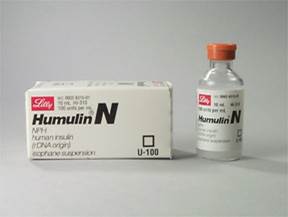Recombinant DNA Technology
1) List four reasons why we might move DNA from one organism to another.
2) What is a DNA library, and why do you want it to be as small as possible?
3) You can make a library by restriction enzyme digest, pcr, or c-DNA synthesis. How could you use each method to isolate a single gene?
4) To study how DNA works - how it is regulated, what protein it produces, and how mutations affect it - it needs to be placed in an easily studied living system. E. coli or yeast are often the model organism of choice. Describe the steps necessary for getting fragments of DNA into a bacterium.
5) If you want to put a eukaryotic gene into a bacterium to see how it works (not just to sequence it), what difficulties do plasmid transfer and restriction enzyme digest methods pose? How could you solve the intron problem?
6) If DNA fragments have been inserted into a pUC18 plasmid, how could you tell that 1) bacteria had absorbed the plasmid, and 2) bacteria had absorbed a plasmid that had accepted a new DNA fragment?
7) When you digest DNA with restriction enzymes and run the fragments in a gel, you need thousands of DNA molecules to cleave and run. One way to produce these molecules is to culture them in recombinant bacteria that divide and propagate the DNA. Describe another way to 'amplify' DNA. How can you specify a particular region of DNA to amplify?
8) If you do not know anything about the location of a gene but you can isolate the m-RNA, how can you create 1000's of copies of the gene coding sequence?
9) Suppose you have placed a genomic library into E. coli cells. Describe how you could identify the colony that has your DNA sequence of interest. Assume you know a short sequence of that DNA, and can create the appropriate radioactive probe.